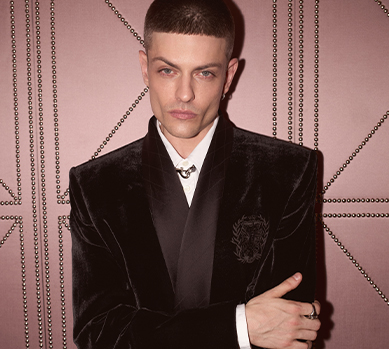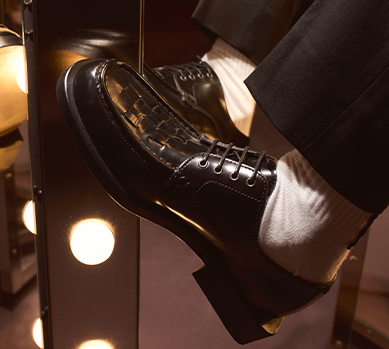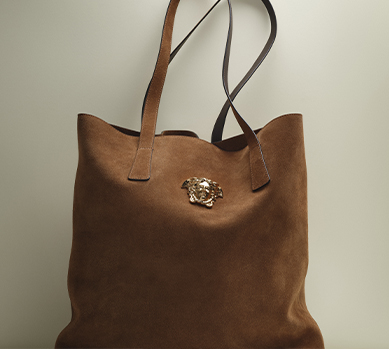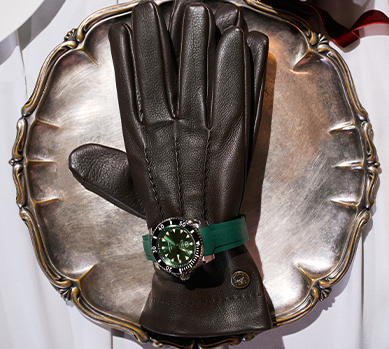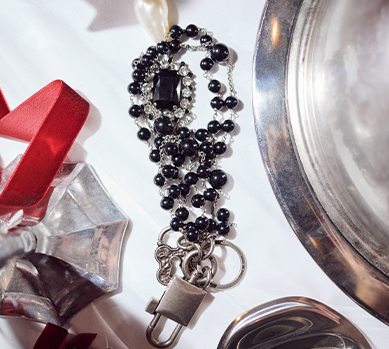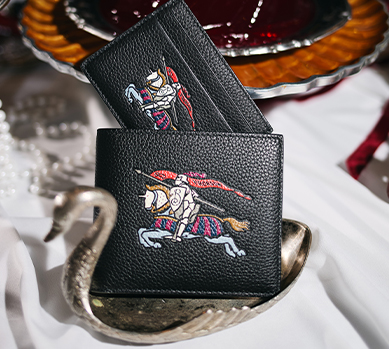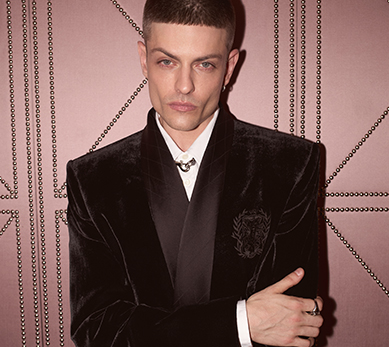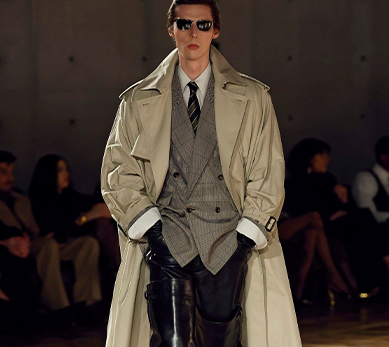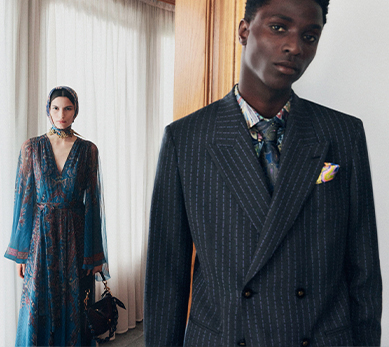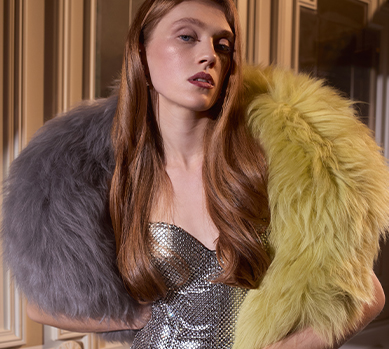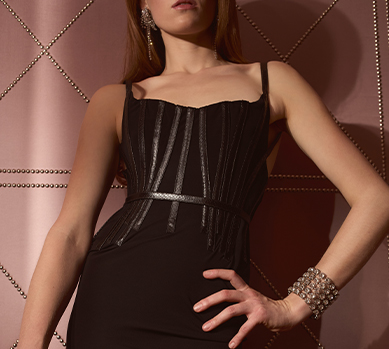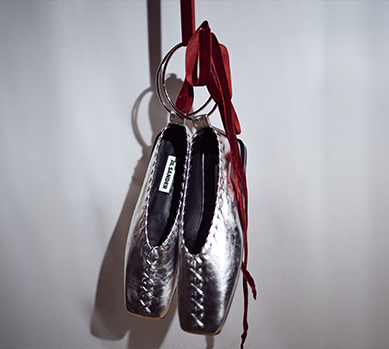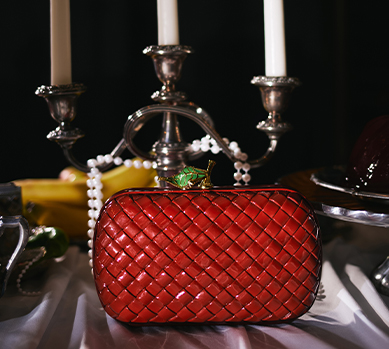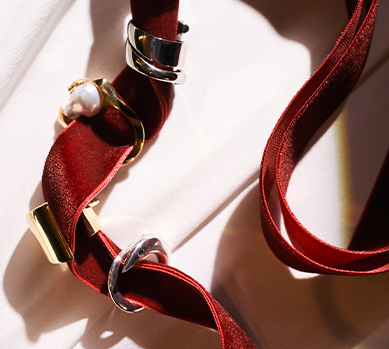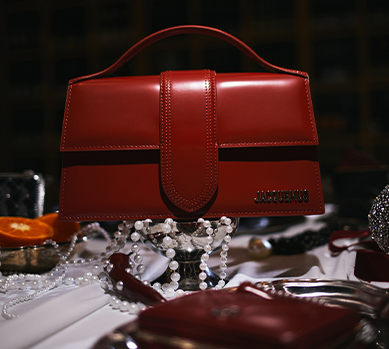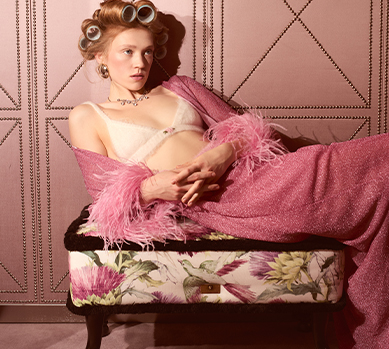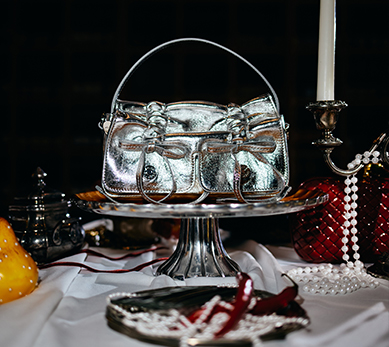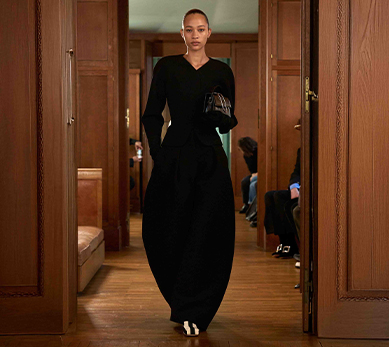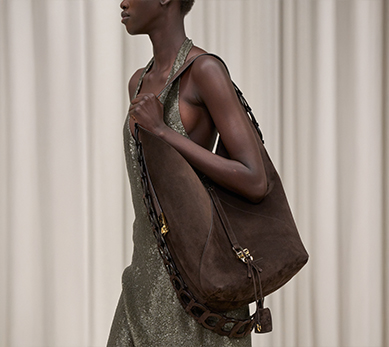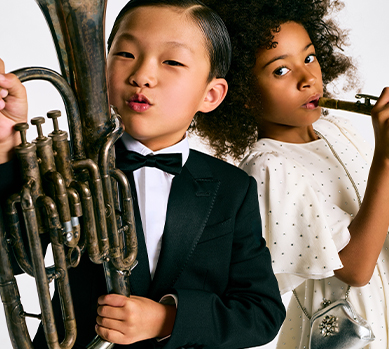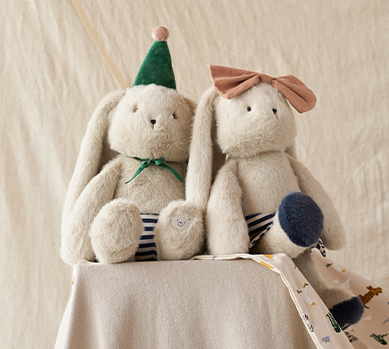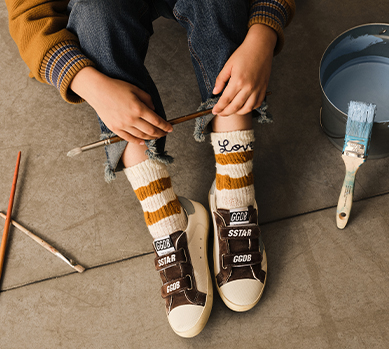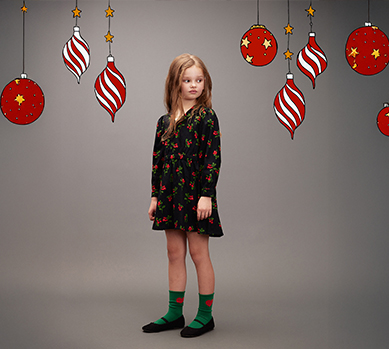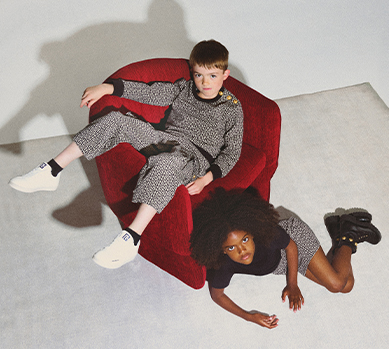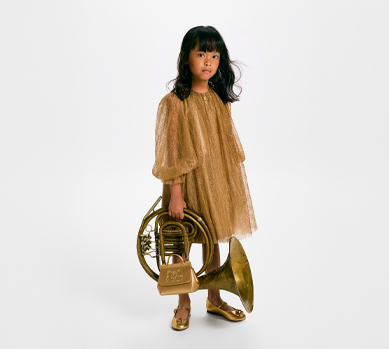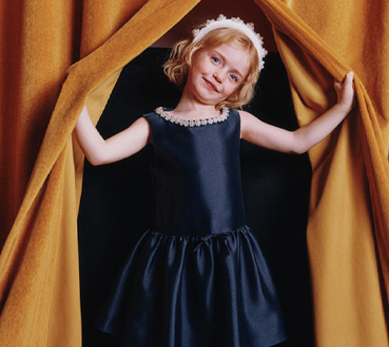Michael Kors: What's the Brand All About and What Does It Offer?
Geniuses and madmen

Discover how Michael Kors balances luxury and accessibility. Learn about its heritage, iconic handbags, and the difference between Collection and MMK.
In fashion, there are names that resonate with the power of a symbol, becoming an inseparable part of the contemporary landscape. Michael Kors is undoubtedly one of them. It's synonymous with a certain aesthetic: clear, New York-inspired, woven from pragmatism and effortless glamour. However, behind the facade of ubiquitous handbags with the MK logo lies a much more complex story—a tale of strategic dualism and skillful balancing on the edge of luxury.
Can a brand whose products adorn storefronts worldwide simultaneously cultivate an ethos of exclusivity? This is a question that sparks lively debate in the industry. To answer it, we must look deeper, beyond what is visible at first glance. It's crucial to understand that Michael Kors is not one, but at least two distinct worlds that, though seemingly different, fuel each other.
How Did It All Begin?
At the foundation of every great fashion house lies the coherent vision of its founder. In this case, it is the philosophy of Michael Kors himself, who joined the ranks of visionary designers striving for a single goal: to create clothes for women that combine luxurious quality with absolute comfort. This is the foundation of American sportswear—a concept where elegance doesn't require sacrifice.
Kors didn't just offer products; he created an aspirational lifestyle. The image of the jet-setter—a dynamic, traveling woman who moves with equal grace between the boardroom and the deck of a yacht—became the brand's DNA. Even if one's daily life is far from this picture, an accessory with the MK logo was meant to be a ticket to that world. This was a masterfully executed strategy that defined the concept of accessible luxury. The brand gave millions of women a sense of participating in something special, something previously reserved for the few. This was no longer the sealed-off luxury of Parisian ateliers, but its democratized, American interpretation.
The Two Faces of the Brand
The key to understanding the brand's phenomenon is its precisely constructed, two-tiered structure. Public perception is largely shaped by one, extremely popular line, while the heart and artistic soul of the designer beat elsewhere.
Michael Kors Collection: The Essence of Luxury
This is the haute couture world of Michael Kors. Presented at New York Fashion Week, the Collection is the embodiment of the designer's original vision. Here you will find the highest caliber of craftsmanship and materials sourced from the best Italian tanneries and manufacturers—cashmere, silk, and fine leathers.
Every element, from a perfectly constructed coat to a hand-finished dress, reflects an uncompromising approach to quality. Handbags from this line, such as the Bancroft model, are discreet works of art, often devoid of a visible logo. This is an offering for the connoisseur who values craftsmanship and timeless design, and its price reflects the highest segment of the luxury market.
Michael Michael Kors: The Democratization of Style
On the other hand, we have the Michael Michael Kors line. This is what constitutes the commercial power of the empire, and it is its products—handbags, watches, shoes, and ready-to-wear clothing—that have dominated the market. This is where you'll find iconic models like the cult-favorite "Jet Set" shoulder bag, often made from durable Saffiano leather. We've already written a separate article on why investing in classics pays off.
The MMK line is a response to the needs of a broader audience; it is more accessibly priced, and its aesthetic more boldly uses logos and the brand's signature gold details, which is also evident in its jewelry collections.
Is It Still Luxury?
And here we return to the fundamental question of the brand's status. Does the ubiquity of the MMK line not weaken the luxury image of the whole? This phenomenon, known in the industry as the risk of brand dilution, is a constant challenge.
For fashion purists, ubiquity can be synonymous with a loss of exclusivity. When a particular item becomes too popular, it loses its aura of desirability. On the other hand, one cannot ignore the fact that it was the MMK line that built the global recognition and financial stability of the fashion house, allowing for the development of the uncompromising Collection line.
Michael Kors is therefore not a one-dimensional brand. It is a precisely managed ecosystem in which the commercial success of the diffusion line allows for creative freedom at the highest level. It's a strategy that may be controversial, but its business effectiveness is undeniable.
How to Spot a Fake?
With immense popularity, especially of the MMK line, came the problem of counterfeits. Recognizing an original, however, requires a trained eye and a focus on details that reveal true quality.
First, the precision of the craftsmanship. The stitching on authentic products should be impeccably regular and dense. Any flaws or loose threads are unacceptable. Second, the quality of the metal hardware. Elements like zippers, logos, buckles, and rivets must be solid, heavy, and uniformly finished. The letters in the MICHAEL KORS inscription are perfectly carved with precise spacing. Lightweight, "plastic-feeling" metals are an almost certain sign of a fake. Inside the bag, you should also look for a leather or fabric tag with a serial number and information about the country of production.
Who is the Michael Kors Woman?
When defining the target audience for Kors's designs, one must consider the duality of his offerings.
The Michael Kors Collection woman is a seasoned minimalist. She invests in a wardrobe that will stand the test of time—perfect wool coats, cashmere sweaters, or dresses with a sculptural cut. She values quality over the logo, and perceives luxury as the comfort and confidence that comes from wearing top-class items.
In contrast, the Michael Michael Kors woman is pragmatic and trend-conscious. She seeks stylish yet functional solutions that work for a dynamic lifestyle. Her choices are more visible, serving as part of building her professional image. She wants to feel a sense of belonging to the world of luxury, but in a way that is consistent with her reality and budget.
Ultimately, these two women are often one and the same person at different stages of life or in different situations. It is the understanding of this complexity that is the true key to the success of the Michael Kors brand—a brand that has learned to speak many languages of luxury at the same time.


